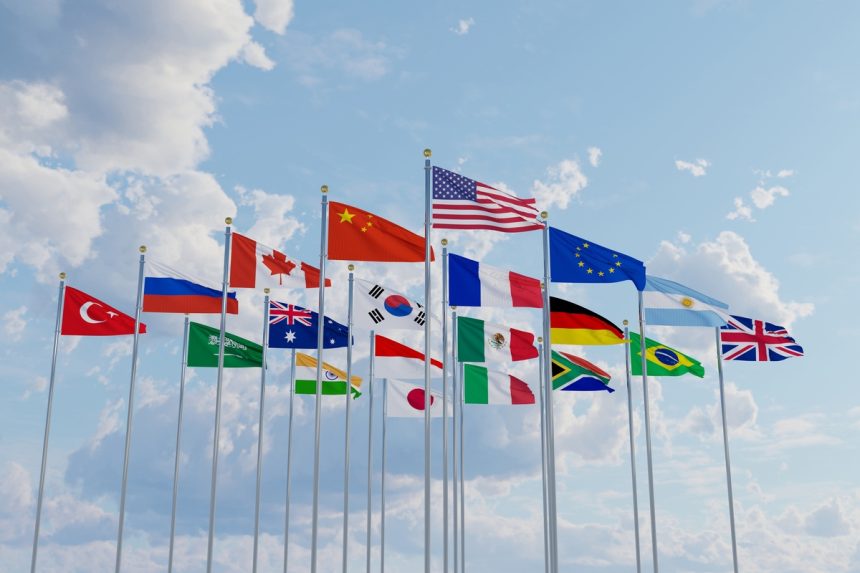European leaders have praised President Donald Trump for privately pledging U.S. military support to back a future European-led peacekeeping force in Ukraine. This development, revealed after a coalition call ahead of Trump’s summit with Vladimir Putin, could significantly enhance the success of the so-called Multinational Force Ukraine — a security mission designed to safeguard Ukraine post-conflict without involving NATO directly.
A Game-Changer: U.S. Backing for Europe’s Reassurance Force
During a recent virtual call with European heads of state, President Trump reportedly agreed to support a European “reassurance force” aimed at preserving peace in Ukraine once the war ends. While the nature of the U.S. contribution remains unclear, the leaders said American military backing — even without troops — would greatly increase the mission’s effectiveness.
President Emmanuel Macron explained, “Trump insisted that NATO cannot be part of such security guarantees, but he said the United States and all the (other) parties involved should take part.” European Council President Antonio Costa added, “The readiness of the United States to share with Europe the efforts to reinforce security conditions once we obtain a durable and just peace for Ukraine” was welcomed.
Deterrence Without Deployment: The Power of Air Support
Although no American soldiers are expected to be deployed, the presence of U.S. airpower behind European troops is expected to act as a deterrent to any future Russian aggression. This support addresses a critical gap in European capabilities, as many participating nations lack the advanced military equipment the U.S. can provide.
British Defense Secretary John Healey noted, “It will secure Ukraine’s skies by using aircraft and it will support safer seas by bolstering the Black Sea Task Force with additional specialist teams.”
Building Multinational Force Ukraine: A Strategic Shield
The security operation — involving over 200 military planners from around 30 nations — is being led in part by the U.K., with reconnaissance efforts already underway in Ukraine. Estimates suggest the force may include between 10,000 to 30,000 troops, supported by Western trainers and NATO-standard coordination, though not under NATO command.
The mission aims to defend Ukraine’s borders on land, sea, and air, with its temporary headquarters in Paris, a future base in London, and an operational hub in Kyiv once active conflict ends.
Moscow’s Warning: Russia Rejects Any Peacekeeper Presence
Russia has firmly opposed the deployment of peacekeepers in Ukraine, whether under NATO, EU, or national banners. “The appearance of troops… under the flag of the European Union or national flags does not change anything,” said Russian Foreign Minister Sergey Lavrov. “This is, of course, unacceptable to us.”
The Kremlin’s rejection reflects its broader strategy of opposing any increased Western influence near its borders, even in the form of postwar peace operations.
U.S. Influence and European Reluctance
While the Trump administration has previously emphasized that Europe must “take care of its own security,” the signal of American support now boosts the confidence of coalition members. Yet, several nations remain hesitant. Greece and Italy have refused to send troops, citing internal divisions and concerns about escalation.
Still, Italy’s Prime Minister Giorgia Meloni has acknowledged the importance of American involvement in coordination efforts, underlining that U.S. participation remains a linchpin for credibility and balance.
The NATO Question: Still Off the Table
Despite Ukraine’s aspirations, NATO membership has been ruled out for now by the Trump administration. This remains a red line for President Putin, and one that Western allies are wary to cross for fear of provoking a broader war with nuclear-armed Russia.
As such, the Multinational Force Ukraine, supported by U.S. military power but not NATO command, represents a diplomatic compromise — one that signals resolve without escalating formal alliances.
President Trump’s unofficial commitment to provide U.S. military support for a European-led Ukraine peacekeeping force has been met with strong approval across Europe. While full details are yet to emerge and no American boots will be on the ground, the mere presence of U.S. airpower changes the equation. As European leaders move forward, Trump’s backing may prove critical in persuading hesitant nations and deterring further Russian threats.






